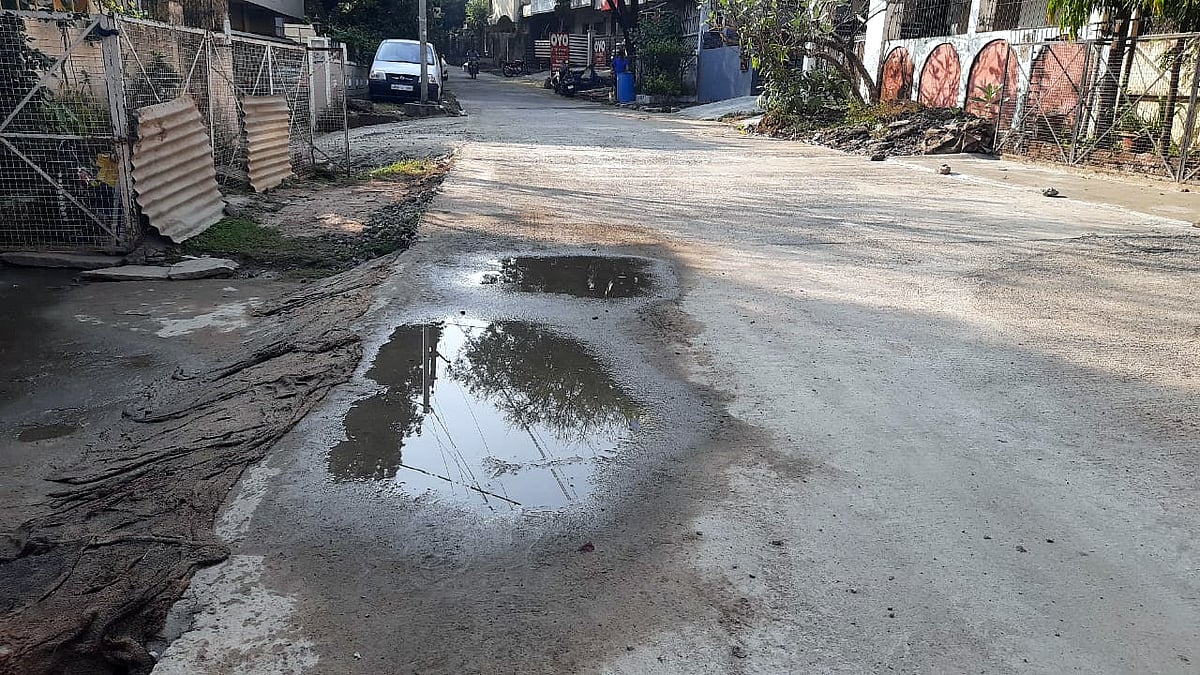Bhopal (Madhya Pradesh): In the political labyrinth of Madhya Pradesh, there exists a time-honoured adage whispered among the corridors of power that reverberates with truth – the party that triumphs in the Malwa-Nimar region, encompassing the western and south-western reaches, holds the key to ruling the state. Stretching across 15 districts and boasting 66 assembly seats, Malwa-Nimar commands a substantial share of the state's political landscape, accounting for nearly 30% of the total 230 seats in the legislative assembly.
In the realm of electoral politics, Malwa-Nimar has seen fortunes fluctuating between the two main contenders - the BJP and the Congress. In the 2013 Assembly elections, the BJP had its moment of glory, sweeping an astounding 57 out of the 66 seats, while the Congress managed a mere nine. However, the political landscape saw a seismic shift five years later. The Mandsaur farmers’ movement and the tragic firing incident of June 6, 2017, catalyzed the Congress's resurgence.
In the 2018 elections, the Congress emerged victorious in 36 seats within the Malwa-Nimar region, effectively ending the BJP's 15-year stint in opposition. The Congress rebels, contesting as independents, seized the remaining three seats, contributing to the majority government with 117 seats, leaving the BJP with 109 in its wake.
Both the Congress and the BJP recognized the importance of this region in the political landscape and launched their election campaigns from Indore, known as the commercial capital of the Malwa-Nimar region. The heavyweight leaders of the BJP, including Prime Minister Narendra Modi, Union home minister Amit Shah, defence minister Rajnath Singh, and several other prominent ministers, engaged in a flurry of rallies and meetings with the party's booth-level workers in Indore and neighbouring districts. The "Vijay Sankalp Sammelan," a clarion call to ensure the party's victory across the entire state, was a testament to the region's importance. The BJP has a strong presence in the Malwa region, a legacy that can be traced back to veteran BJP leaders like Kushabhau Thackrey, the late former president of the Bharatiya Janata Party.
Thackrey is credited with laying the foundation of the BJP in the state, providing its organisational structure. The chief ministers of Madhya Pradesh hailing from this region, including Sunderlal Patwa, Kailash Joshi, and Virendra Saklecha, played a pivotal role in countering the dominance of the Left ideology that once held sway due to extensive labor protests and agitations. The Congress traditionally held sway in the tribal regions of Malwa-Nimar, particularly in districts like Dhar, Jhabua, Alirajpur, Barwani, and Ratlam. However, the political dynamics shifted in 2014 and 2019 when the region delivered all eight parliamentary seats to the BJP. One of the critical factors contributing to the Congress's continuous electoral setbacks in the Malwa-Nimar region is the lack of a prominent leader to galvanize the masses.
In other regions, the Congress boasts influential leaders like Kamal Nath in Mahakaushal, Digvijaya Singh in Madhya Bharat, Kantilal Bhuria in Jhabua, and leader of the Opposition Ajay Singh in Vindhya. However, the party has struggled to identify a charismatic leader in Malwa-Nimar. The most recognizable Congress figure from this area was Subhash Yadav, a farmer leader and former deputy chief minister in the Digvijays Singh government. However, after his demise, his son Arun Yadav couldn't sustain his father's influence. In contrast, the BJP has positioned stalwarts with over three decades of leadership experience in Malwa-Nimar.
The likes of former Lok Sabha speaker Sumitra Mahajan, though less active but alert, and party national general secretary Kailash Vijayvargiya, have been the flag-bearers of the saffron party in the region. In the tribal belt, the BJP's Lok Sabha member, Guman Singh Damor, succeeded in defeating Congress's Kantilal Bhuria in 2019 from the Ratlam-Jhabua Lok Sabha constituency, a stronghold that had eluded the BJP until 2014. The BJP's tribal organisations, including the Vanvasi Kalyan Parishad and other RSS-affiliated bodies, pursued a strategy anchored in hardcore Hindutva to make inroads into the Bhil and Bhilala tribal domains.











